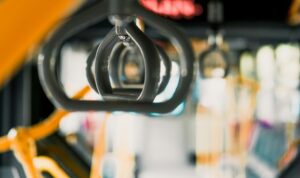A recent study investigating flight routes to popular tourist destinations in the U.S. has found that direct flights use significantly less carbon dioxide than connecting flights.
Researchers at the University of Texas at San Antonia (UTSA) used international civil aviation organisation data to examine whether nonstop routes to tourist destinations can mitigate air travel carbon emissions compared to connected routes through big airline hubs.
This paper provides one of the first efforts to quantify the carbon emissions associated with tourist air travel in the U.S, according to the study, air travel emissions comprise 20% of tourism’s global carbon footprint.
The research focused on ten of the most populated metropolitan areas in Northeastern U.S. (New York, Philadelphia, Boston, etc) and thirteen different tourist destinations located in the Sunbelt and Western regions (Texas, Los Angeles, California, etc).
They found that on average, the difference between direct and connecting routes was 100kg of carbon dioxide per person, roughly the equivalent to operating a refrigerator for an entire year.
The also found that the majority of direct routes in the database generated carbon emissions below the 575 carbon dioxide kg/person annual mobility cap.
Neil Debbage, assistant professor of geography and environmental sustainability at UTSA said: ‘One potential tactic to mitigate the carbon footprint associated with tourist air travel is to select non-stop routes whenever possible.’
The researchers have said that they hope this paper will help policymakers consider making new initiatives that accelerate technological innovations regarding aircraft fuel usage, jet engines, and jet fuels, they have also emphasised the importance of broader structural shifts such as implementing realistic carbon pricing for air travel.
In related news, the UK’s aerospace sector will receive a £343m boost to develop new greener technologies, announced the Business and Energy Secretary at the 2018 Farnborough International Airshow.
Photo Credit – Pixabay















